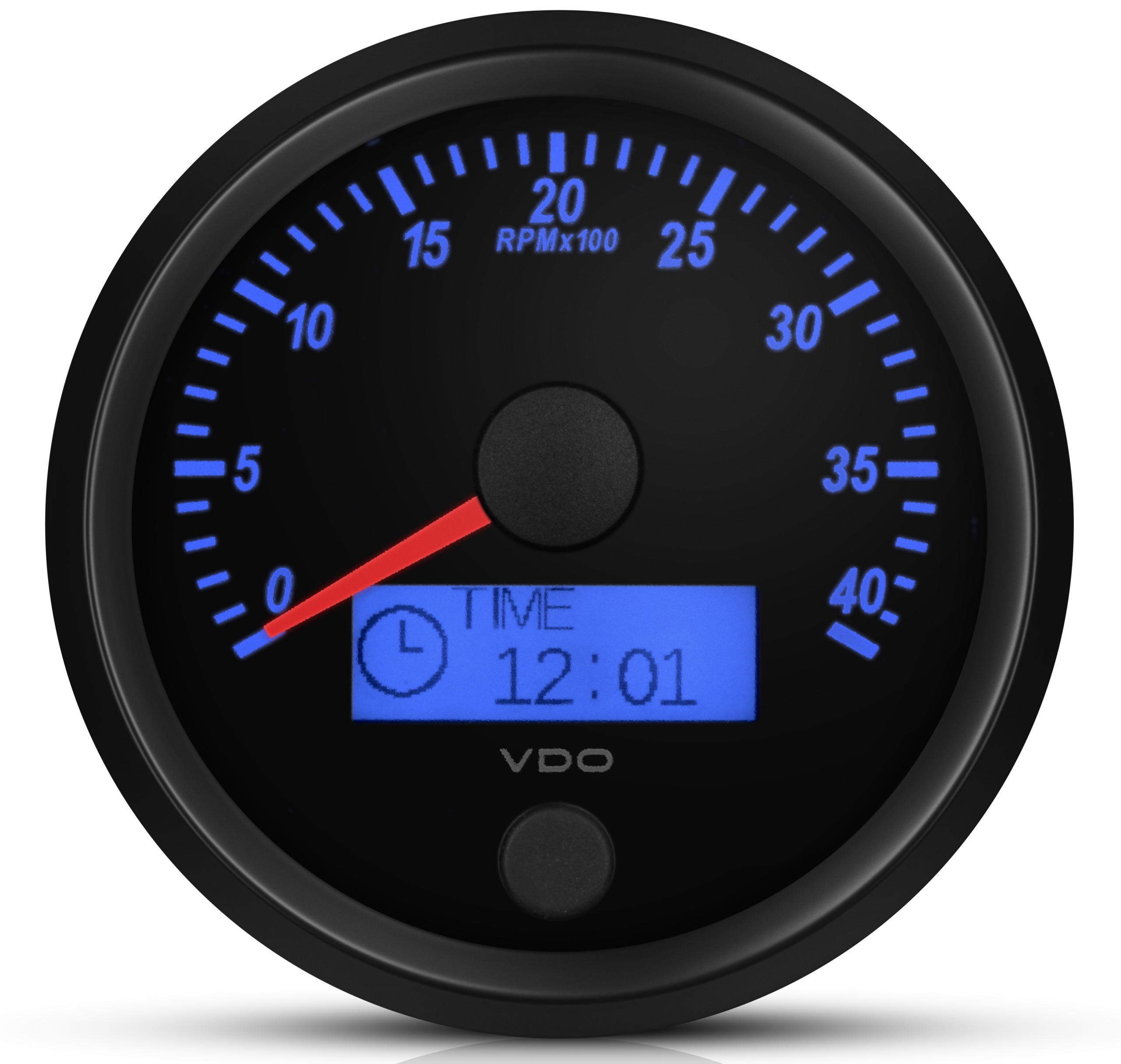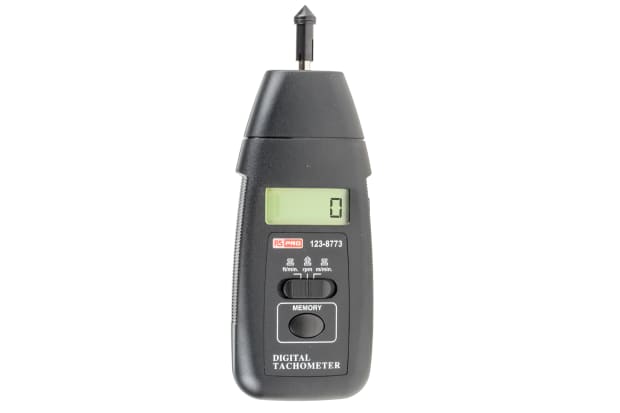Exactly How a Tachometer Aids Display Engine Health and Performance
The Value of a Tachometer in Keeping Track Of Engine Speed and Performance in Automotive Applications
In the world of automotive engineering, the tachometer stands as a crucial tool in the motorist's collection, giving a straight home window right into the internal workings of a vehicle's engine. Past its function as a simple scale of changes per minute (RPM), the tachometer serves as a crucial tool for lovers and experts alike, offering real-time insights into engine efficiency and wellness. Recognizing the significance of this tool goes beyond surface-level monitorings, delving right into the detailed relationship between engine speed, power result, and general driving experience. As we check out the diverse role of the tachometer in automobile applications, a deeper recognition for its effect on lorry characteristics and efficiency begins to emerge.
Relevance of Keeping An Eye On Engine RPM
Checking engine RPM, or transformations per minute, is an essential facet of automobile upkeep and performance examination. Engine RPM straight associates with the rate at which the engine's crankshaft turns, suggesting just how swiftly the engine is running - tachometer. By keeping track of RPM, technicians can assess the health and wellness of the engine, find prospective issues, and fine-tune performance. An irregular RPM analysis may indicate problems such as engine misfires, malfunctioning ignition system, or concerns with the fuel shipment system. Continually high RPM readings might suggest hostile driving habits or the requirement for a higher gear shift to boost gas performance.
In addition, checking engine RPM is crucial for efficiency examination in racing and high-performance lorries. Keeping ideal RPM degrees is critical for accomplishing peak power result and velocity. Racers typically use tachometers to ensure they are operating within the suitable RPM range for optimum efficiency. In summary, checking engine RPM is not only important for detecting issues but additionally for enhancing engine efficiency in different automobile applications.

Advantages of Real-Time Data
In automobile applications, real-time information plays a critical duty in supplying immediate understandings into the performance and condition of the lorry. By constantly keeping an eye on numerous specifications such as engine rate, temperature, gas usage, and extra, real-time data supplies numerous advantages that add to enhanced effectiveness and security when traveling.
One considerable advantage of real-time information is its capability to sharp chauffeurs and technicians to any kind of anomalies or problems immediately. This positive approach makes it possible for fast recognition of potential issues, enabling timely interventions to stop additional damage or malfunctions. Additionally, real-time data helps with performance optimization by offering prompt comments on driving habits and engine efficiency. Chauffeurs can change their habits in real-time based upon this info to accomplish better fuel economic climate and lengthen the lifespan of their vehicle.

Moreover, real-time data plays an essential function in modern vehicle diagnostics, view website allowing specialists to rapidly detect and address breakdowns. This brings about reduced downtime, reduced maintenance prices, and ultimately, boosted general lorry reliability and durability (tachometer). By taking advantage of the power of real-time information, auto stakeholders can make enlightened decisions that favorably impact both the efficiency and longevity of the vehicle
Influence on Equipment Shifts
Efficient gear changes in automotive applications significantly influence overall efficiency and driving experience. The tachometer plays an important role in maximizing gear shifts by offering real-time engine rate information to the chauffeur. When approaching the redline on the tachometer, it signifies the driver to upshift to protect against over-revving the engine and causing prospective damage. On the various other hand, downshifting at the appropriate moment can assist maintain the engine in its power band, making sure receptive acceleration when required.
Moreover, the tachometer help in achieving smoother gear changes, especially in hands-on transmissions. By keeping an eye on engine rate, drivers can implement equipment changes at the optimal RPM go to my site variety, minimizing snagging activities and lessening endure the transmission parts. This precision on duty adjustments not just improves driving comfort but additionally adds to fuel effectiveness.
Enhancing Gas Performance
Provided the essential role the tachometer plays in maximizing equipment shifts for performance and engine health and wellness, it straight adds to making the most of gas performance in automotive applications. By supplying real-time comments on engine speed, the tachometer aids motorists in keeping the most effective RPM range for gas economy. When vehicle drivers regularly keep track of the tachometer and readjust their driving behaviors as necessary, they can stay clear of unneeded fuel intake caused by over-revving or hauling the engine.
Additionally, the tachometer helps chauffeurs recognize the most fuel-efficient gear to be in at any given minute, protecting against the engine from working harder than needed. This is particularly essential during velocity and cruising, where being in the best equipment can substantially impact fuel effectiveness. Additionally, the tachometer can signal chauffeurs to potential mechanical problems that could be adversely affecting gas economic climate, such as a sliding clutch or a clogged up air filter. Finally, the tachometer offers as a beneficial tool in improving fuel performance by advertising optimal driving routines and identifying locations for renovation in the lorry's efficiency.

Making Best Use Of Engine Longevity
The tachometer's role in monitoring engine speed and efficiency is instrumental in making sure the long life of automotive engines. By making use of the tachometer efficiently, drivers can optimize engine longevity through mindful RPM management. Regularly revving an engine also high can cause excessive damage on crucial parts, such as the pistons, shutoffs, and bearings. With time, this can cause reduced engine performance and potential malfunctions. Monitoring the tachometer allows vehicle drivers to remain within the advised RPM array for their lorry, avoiding unnecessary stress on the engine and prolonging its life-span.

Conclusion
In final thought, the tachometer plays a crucial duty in keeping an eye on engine speed and efficiency in automobile applications. By supplying real-time information on RPM, it allows for efficient gear changes, improved gas effectiveness, and made the most of engine longevity. This device is important for preserving optimum engine efficiency and making certain the total performance of a lorry.